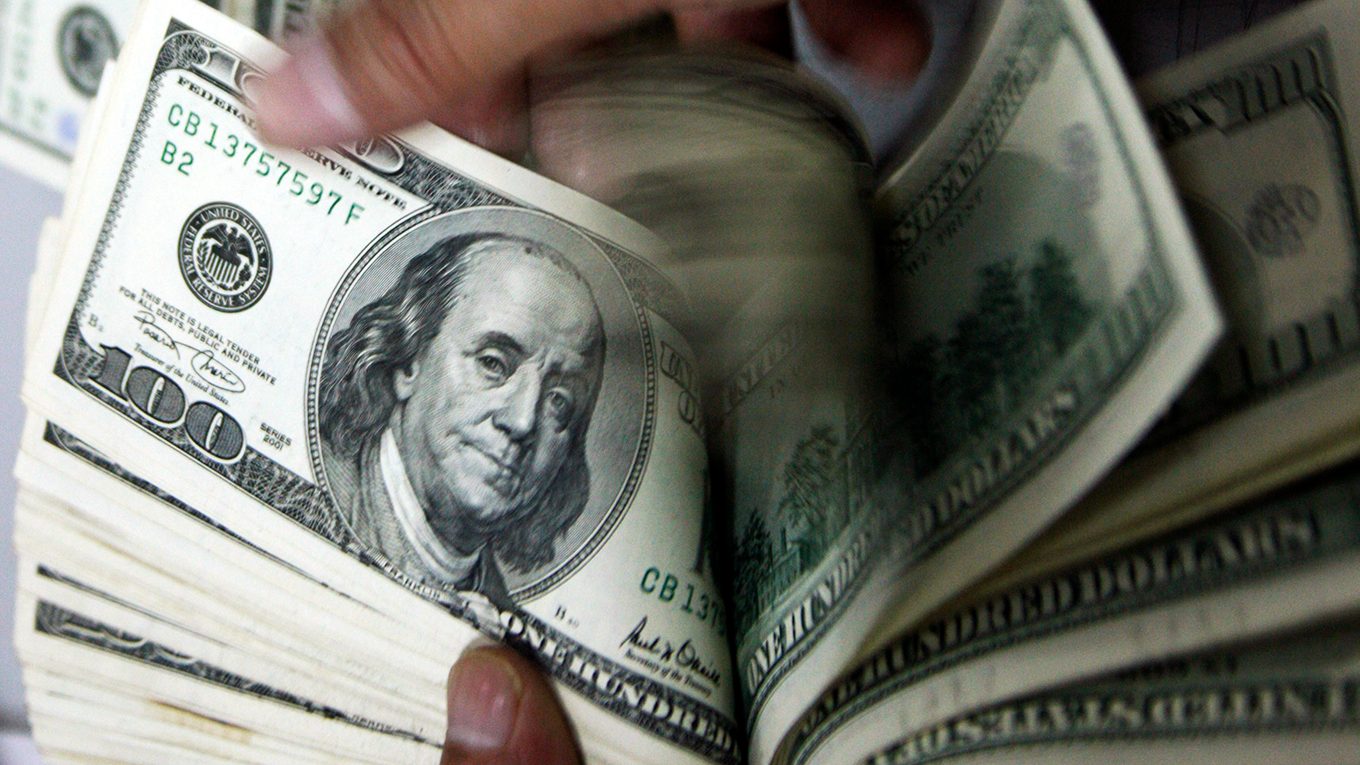The dollar dipped against the euro on Wednesday, though remained near two-week highs as investors waited for the Federal Reserve to release a policy statement later in the day.
The central bank is expected to leave interest rates unchanged at the current range between 2.25% and 2.5%. But slow employment growth in May, the ongoing trade war with China and weak inflation data have increased expectations for dovish remarks.
“We don’t think the Fed will cut today and it seems more likely that this meeting is an appetizer to the G20 entree,” wrote Mark McCormick, global head of foreign exchange strategy at TD Securities.
“Given current market pricing, we think there’s a fairly high hurdle for a dovish knee-jerk (reaction) on the release of the statement. We suspect they will drop ‘patient’ and signal a readiness to ease.”
Forecasts of a rate cut on Wednesday were at 24.2%, according to CME Group’s FedWatch tool, up from 21.7% on Tuesday. Futures markets have almost fully priced in a 25 basis point rate cut in July and two to three cuts by the end of the year.
Against the euro, the dollar was 0.17% weaker at $1.121. But traders held off on making big moves, and despite the dip, the dollar still hovered near the two-week highs reached in the prior session after European Central Bank President Mario Draghi said policymakers would provide more stimulus if inflation does not pick up.
Draghi’s about-face on easing on Tuesday fueled talk of a worldwide wave of central bank stimulus, firing up stocks, bonds and commodities and weakening the euro, although currency moves were relatively small.
President Donald Trump said on Tuesday he would have an extended meeting with Chinese President Xi Jinping at the Group of 20 summit later this month, raising hopes they can ease tensions in a trade dispute that has damaged the world economy.
U.S. Trade Representative Robert Lighthizer on Wednesday said he and U.S. Treasury Secretary Steven Mnuchin will likely meet Chinese Vice Premier Liu He ahead of the G20 summit in Japan later this month.
UBS Wealth Management said that the dollar could rise against the yen if the Fed were less dovish than expected or the G20 summit ends with a temporary U.S.-China trade war truce
“A bounce toward 110 would make adding short USDJPY positions attractive,” UBS said. “We expect USDJPY to grind lower as U.S. growth slows and as U.S.-China trade tensions persist.”
The yen stood little changed at 108.43 yen per dollar.













